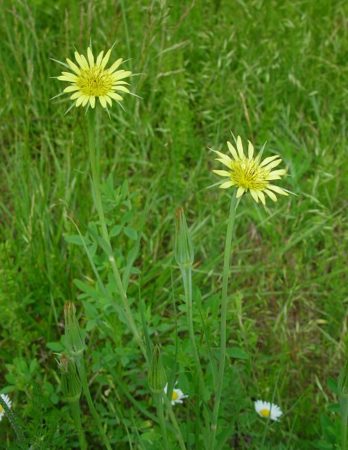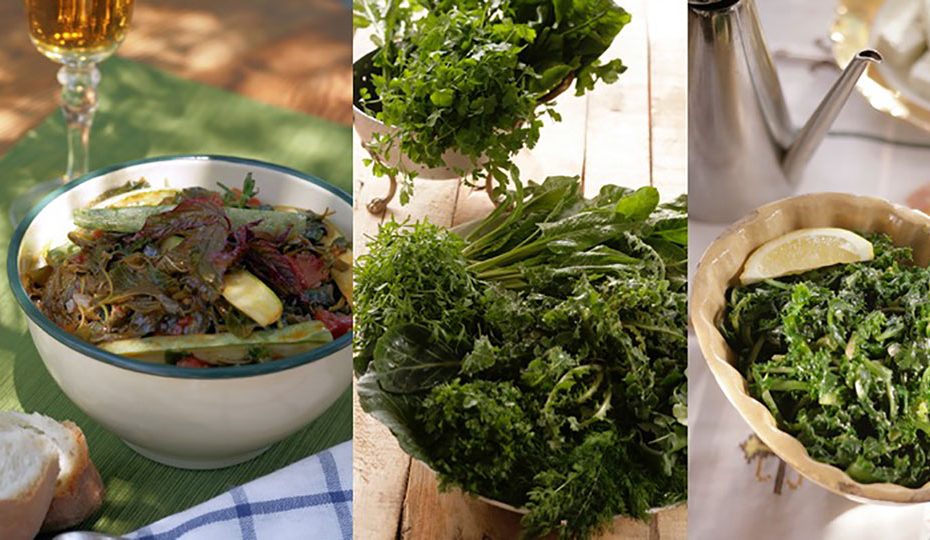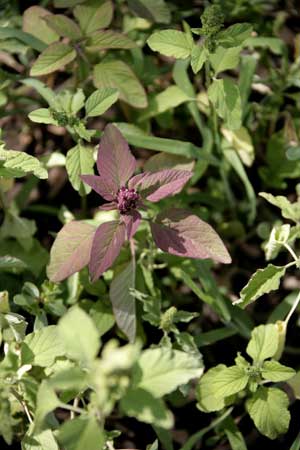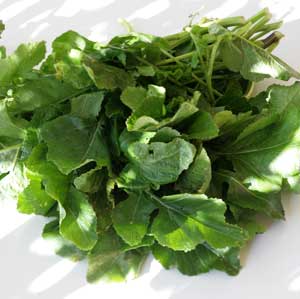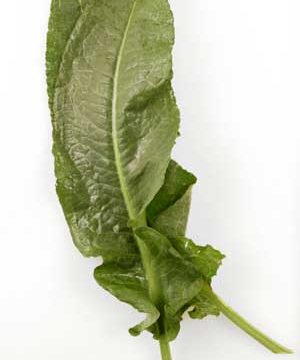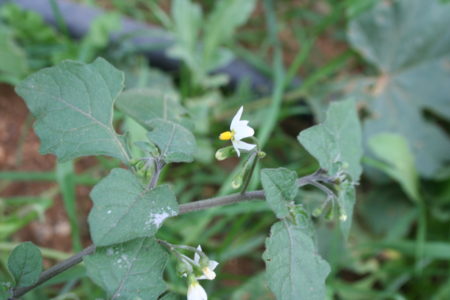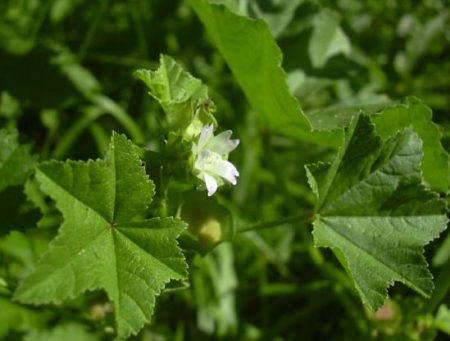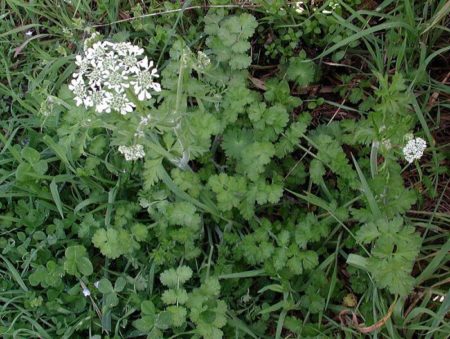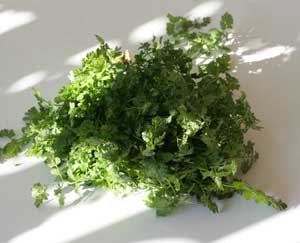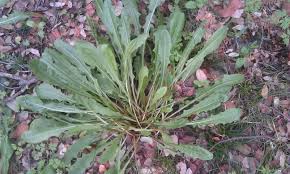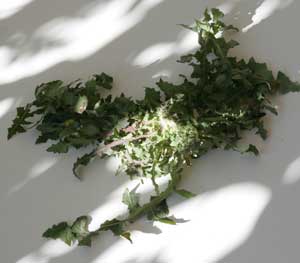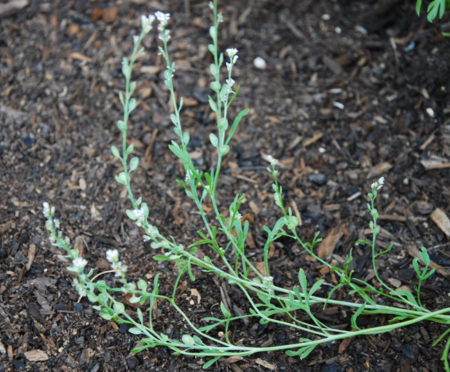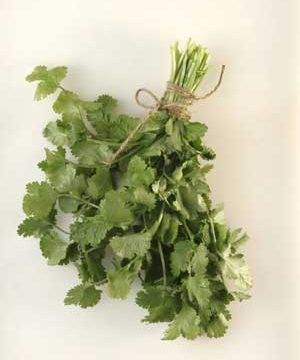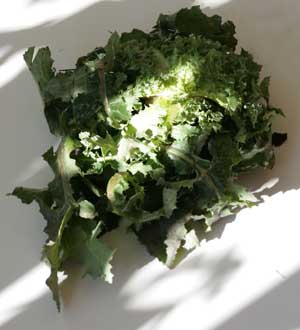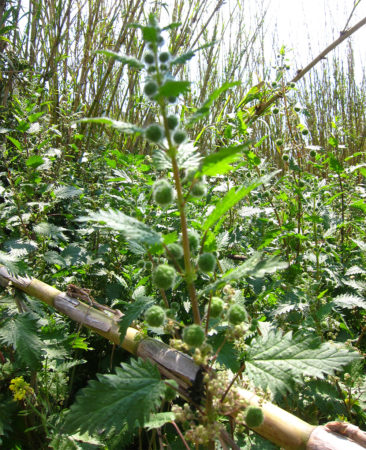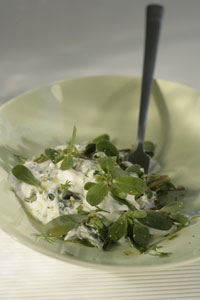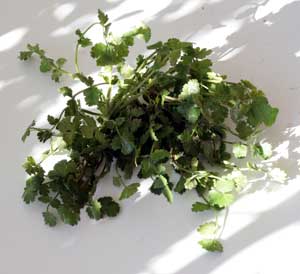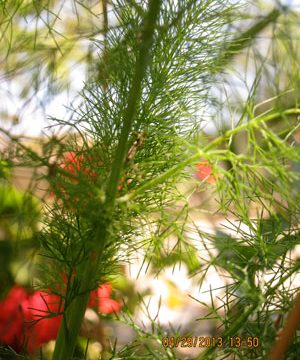Around this time of the year, I start to tally up the excesses of the holidays. Too much bread, too many sweets, cheeses, meat etc. Most of us get the picture. I also start to turn to the one thing that makes me feel really good when I eat it: greens. Called horta in Greek, greens are the go-to food for foragers and healthy eaters alike. Greece is greens heaven, with something like 300 different wild edible greens and herbs. Many are also cultivated and Greek farmers markets sparkle with emerald mounds of wild and cultivated chicories, arugula, chard, spinach, sorrel, collards and other greens in the brassica (cabbage) family. In the United States, anyone who’s eaten in a Greek restaurant has probably at least seen a plate of boiled wild greens. Many of the greens we enjoy in the Greek kitchen are easy to find in Chinese and other Asian markets. The adventurous might consider taking a walk in nature and picking a few from the wild.
I’ve compiled a short alphabetical list, really not even the tip of the iceberg, of greens we love to eat in the Greek kitchen. You can cook them up in the cleanest, simplest, most “detoxing” way, by simply boiling them and dressing them with great Greek olive oil and either lemon juice or vinegar. A rule of thumb is that sweet greens such as chard and sweet dandelion take best to lemon, while bitter greens such as mustard greens go best with vinegar. Sprinkle with a little Greek sea salt or with the delicious smoked salt I offer online, and you’ll discover that horta make up a whole world of sating, mineral-rich, super-healthy options when we’re looking for something to help us detox from the holidays.
Learn how to cook greens the Greek way here!
Amaranth (Amarantus blitum). Vlita is the Greek name of this ubiquitous summer green, which is boiled for salads but also cooked into pies and vegetable stews, especially with zucchini.
Arugula (Eruca sativa). Roka is the Greek name for arugula/rocket, and it is exceedingly peppery, especially compared to the flavor of arugula/rocket in the United States. In Greece, roka is eaten raw in salads and sometimes cooked with black-eyed peas and other legumes in casseroles rich with olive oil.
Bitter dock (Rumex obtusifolius). In Greece, lapatho is a green savored inside savory pies.
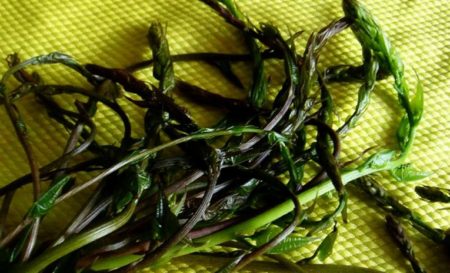
Black nightshade (Solanum nigrum). Styfno is a common garden weed that grows in early summer. It’s the green from which strychnine is produced, but its leaves are perfectly safe to eat, and Greeks do just that, boiling them for a delicious salad.
Blue mallow (Malva silvestris). Both savory pies and boiled greens salads feature the moloha of the ancients.
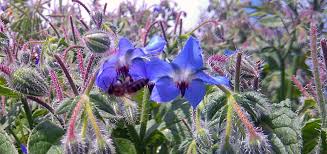
Bur chervil (Caucalis). One of the most aromatic greens, with tiny tender leaves and a delicious, sweet flavor, kafkalithra is used in salads and pies.
Chicory (Cichorium intybus).Called radiki in Greek, this is one of the many species of wild chicory found throughout the country. It is mainly boiled in salads.
Common reichardia (Picridium vulgare). The Greeks call this pikralida or galatsida and esteem it highly, especially in boiled salads. It has a sweet taste and is one of the best winter greens.
Dandelion (Taraxacum officinale). Known as radiki in Greek, dandelion greens are eaten raw or cooked in salads.
Garden cress (Lepidium sativum L.). Called kardamo in Greek, this peppery green is one of the few enjoyed almost exclusively raw in salads.
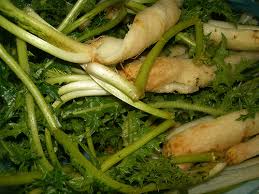
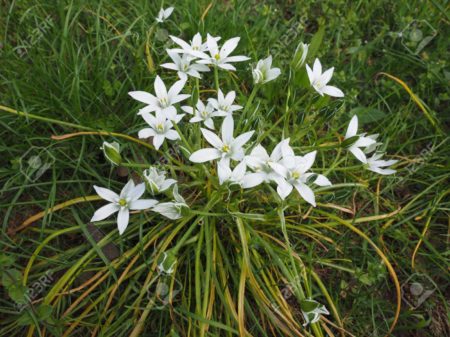
Ornithogalum Umbellatum aka Star of Bethlehem flower
Grass lily, or star of Bethlehem (Ornithogalum). This thin-stalked green with its starlike flowers and long cluster of green buds is in season in the early spring, just before the asparagus and bryony are ripe for the picking. Greeks use it in pies.
Mediterranean hartwort (Tordylium apulum L.). The Greeks call this kafkalida and consider it one of the most aromatic greens for savory pie fillings.
.
Mustard greens (Hirschfeldia incana Lag.). The leaves and shoots of vrouves, as this is called in Greek, make excellent boiled salads
Nettles (Urtica dioica). Tsouknida is the term for stinging nettles, which are always eaten cooked, often in pie fillings and soups.
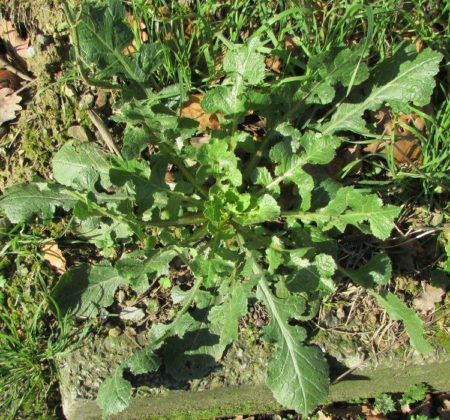

Purslane (Portulaca oleracea L.). Glistrida, which means “slippery,” is the Greek word for purslane because purslane supposedly loosens the tongue and makes people chatter. Greeks add it raw to salads or eat it cooked, especially with garlic and yogurt.
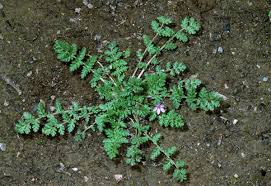
Shepherd’s needles (Scandix pectin veneris). This aromatic green, myroni in Greek, is eaten raw in salads as well as in fillings for savory pies.
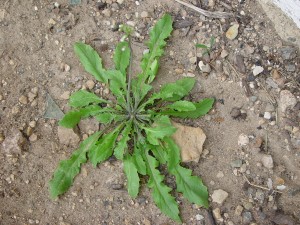
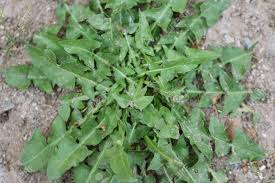
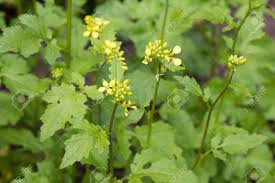
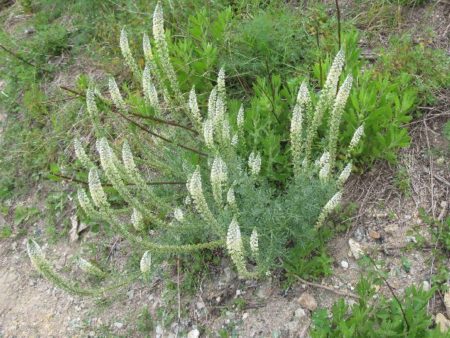
Wild Fennel (Foeniculum vulgare). Known as marathon to the Greeks, wild fennel is rampant on the Aegean islands in the spring and is used in salads, savory pies, fritters, and stuffed dishes.
